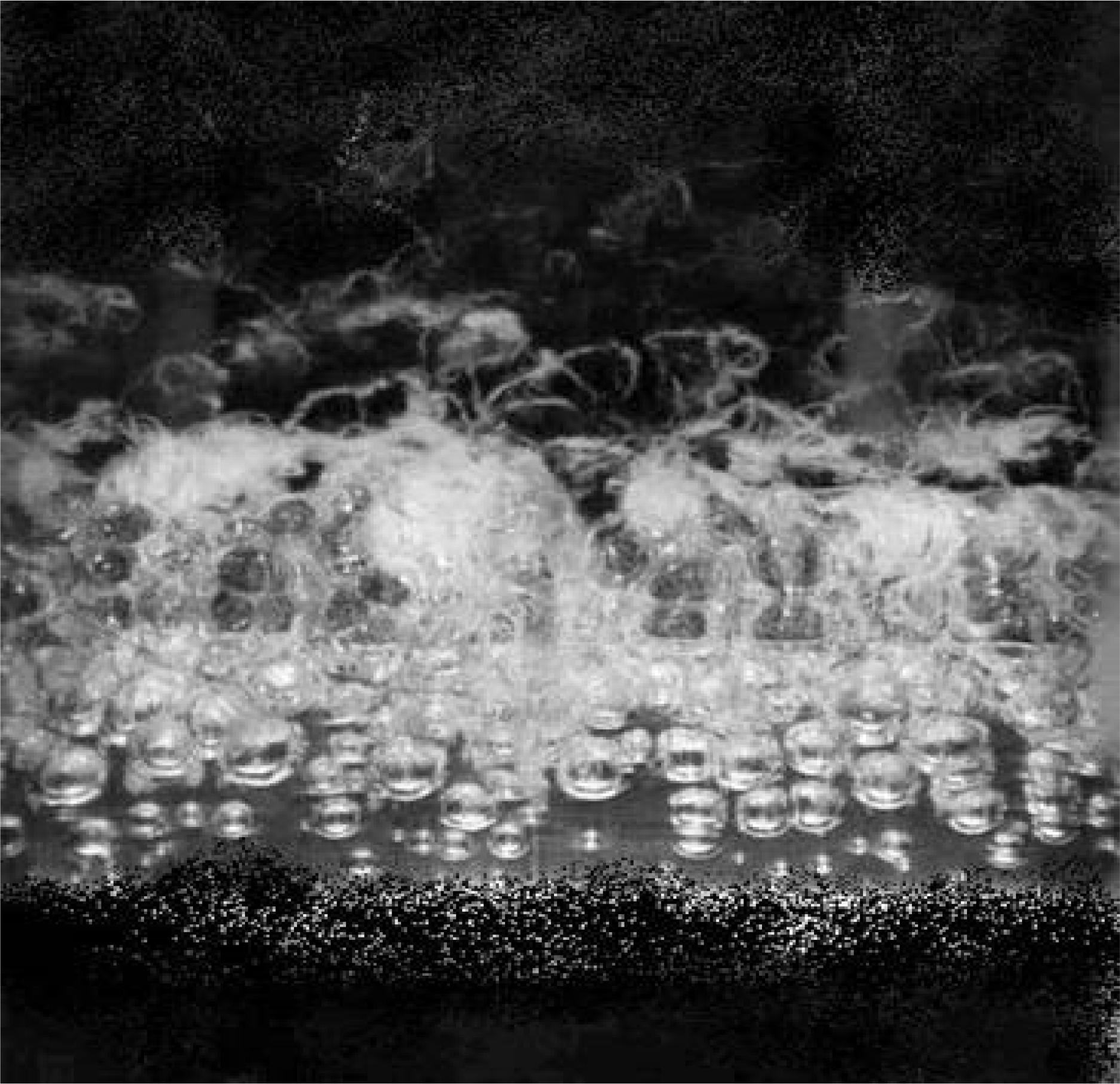Abstract
Purpose
To report a case of Charles Bonnet syndrome in a patient who developed phantom vision of an enucleated eye. The patient had lost her vision because of a chemical burn 10 years previously.
Case summary
A 37-year-old woman received enucleation of one eye because ocular pain and phthisis had developed due to a chemical burn that occurred 10 years previously. On the first postoperative day, she complained of phantom vision in the enucleated eye. The image she described was like sparkling bubbles. She had recognized the image was not real, and no psychological problems were found during pre- and postoperative periods. Her wound state was good, so she is currently wearing an artificial eye, though her phantom vision intermittently returns. She has adapted to her phantom vision such that she now rarely feels discomfort.
References
1. Fernandez A, Lichtshein G, Vieweg WV. The Charles Bonnet syndrome: a review. J Nerv Ment Dis. 1997; 185:195–200.

2. Menon GJ, Rahman I, Menon SJ, Dutton GN. Complex visual hallucinations in the visually impaired: the Charles Bonnet syndrome. Surv Ophthalmol. 2003; 48:58–72.
3. Podoll K, Osterheider M, Noth J. The Charles Bonnet syndrome. Fortschr Neurol Psychiatr. 1989; 57:43–60.
4. Burke W. The neural basis of Charles Bonnet hallucinations: a hypothesis. J Neurol Neurosurg Psychiatry. 2002; 73:535–41.

5. Damas‐ Mora J, Skelton‐ Robinson M, Jenner FA. The Charles Bonnet syndrome in perspective. Psychol Med. 1982; 12:251–61.
6. Gold K, Rabins PV. Isolated visual hallucinations and the Charles Bonnet syndrome: a review of the literature and presentation of six cases. Compr Psychiatry. 1989; 30:90–8.

8. Pliskin NH, Kiolbasa TA, Towle VL, et al. Charles Bonnet syndrome: an early marker for dementia? J Am Geriatr Soc. 1996; 44:1055–61.

9. Lang UE, Stogowski D, Schulze D, et al. Charles Bonnet Syndrome: Successful treatment of visual hallucinations due to vision loss with selective serotonin reuptake inhibitors. J Psychopharmacol. 2007; 21:553–5.




 PDF
PDF ePub
ePub Citation
Citation Print
Print



 XML Download
XML Download